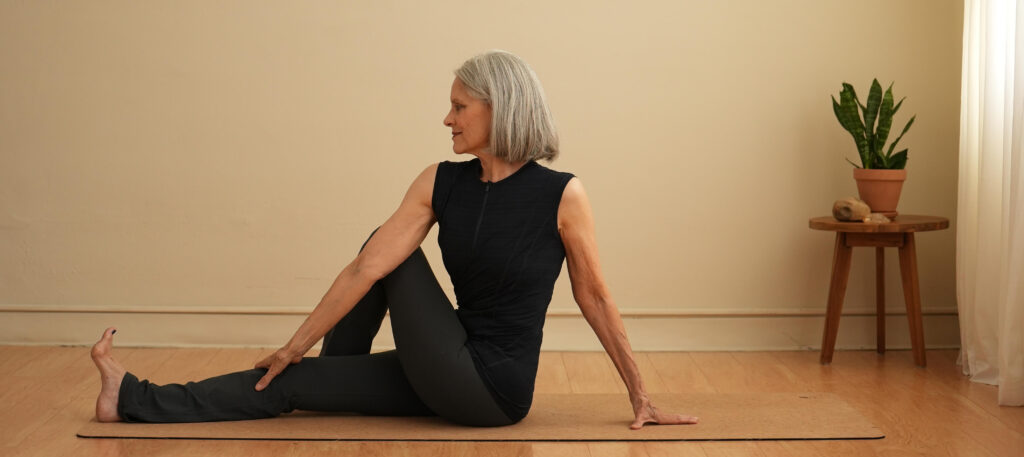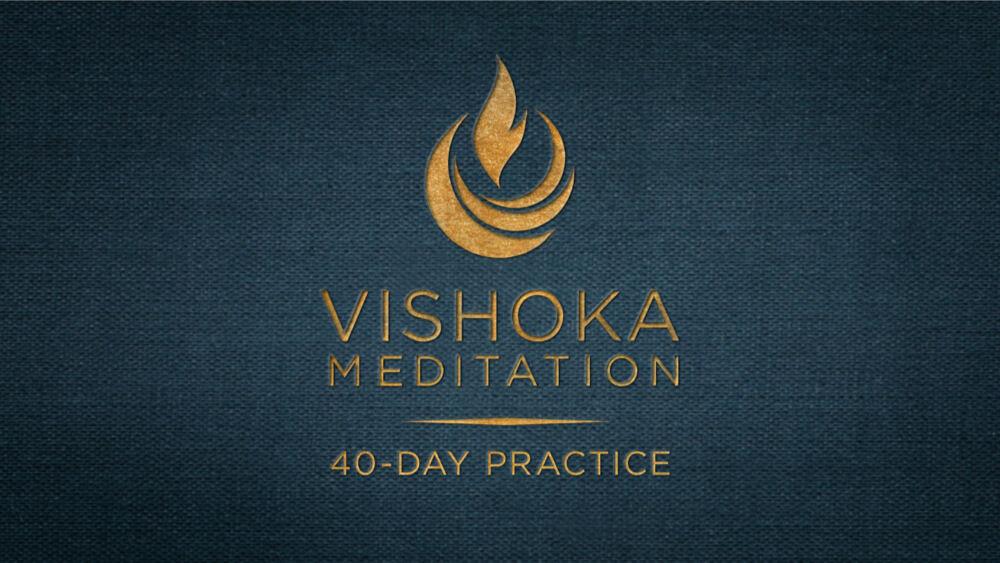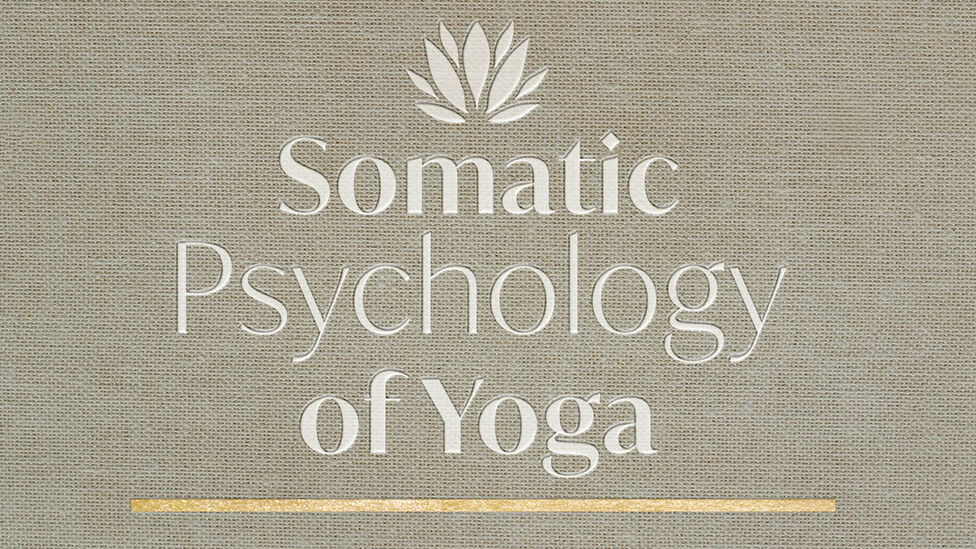According to Indian tradition, human beings survived the Great Flood because of the noble deeds of Manu, the father of mankind, and thus humans are called manoshya—children of Manu. As the story goes, long before the Great Flood, when Manu was making a ritual offering to the sun, a tiny fish appeared in his water pot. To Manu’s surprise, the fish spoke in human tongue: “This pot is too small for me. Put me in the ocean where I can grow to my full size. Soon, when the ocean envelops the whole earth, I will return to rescue you and everything else that needs to be restored.”
So Manu transferred the little fish to the ocean. Then he filled the historic ark with the seeds of everything that existed. The flood came as predicted. So did the fish. Overwhelmed by its size, Manu exclaimed, “Hail to Matsyendra, Lord of the Fish!” Manu tied the ark to the horn on the fish’s snout, and the fish pulled the ark and Manu to safety on Mandara, a mountain in the Himalayas. After the flood receded, Manu replanted everything, only in a better and more mindful manner, and the fish disappeared into the depths of the ocean.
Life on earth returned to normal. But soon, the charms and temptations of the world once again began to consume the vitality of the human body, the vigor of the senses, and the brilliance of the mind. Seeing this, the Divine Mother, Parvati, asked her husband, Shiva, the Lord of the Yogis, to share with her the knowledge of yoga, which could save souls from getting lost in the world. Complying with her request, Shiva took Parvati to an island where he could impart this precious knowledge in complete privacy. There he shared with her the wisdom of hatha yoga, which serves as a foundation for all other forms of physical, mental, and spiritual disciplines in the yoga tradition.
After the session was over, they discovered that their location was not as private as they had assumed. They were sitting next to an enormous ancient fish who was lying there as still as another island. Realizing that the fish had heard and completely absorbed the entire knowledge of yoga, Shiva filled his palms with sanctified water and sprinkled it on the fish. Instantly a celestial yogi emerged. It was Matsyendra Natha, the first master in the tradition of hatha yoga after Shiva himself.
The Divine Mother asked Shiva to share with her the knowledge of yoga, which could save souls from getting lost in the world.
How to Do Matsyendrasana
Tradition says that the hatha pose matsyendrasana, named after this great master, is like the fish with the potential to grow into the legendary Lord of the Fish. If practiced properly, matsyendrasana can help us foresee the flooding of desire, attachment, anger, and fear, and take steps to protect ourselves from physical and psychological foes. It can also help us replant the seeds of wellness and restore life’s goodness.
Sitting with the legs crossed and the knees stacked, lift the right knee and step the right foot onto the floor near the outer left thigh. Press both sit bones down, inhale, and lift through the top of the head to elongate the spine. Exhale and draw the lower belly in and turn to the right, without losing the vertical alignment of the spine. Use your right hand on the floor behind the pelvis, and the left hand on the knee to guide the upward lift through the torso.
Feel the deep abdominal muscles engaging to draw you into the twist, and be careful not to tilt the pelvis or arch the lower back. Draw the shoulder blades down the back, keep the chin level and the back of the neck long, as you turn the head to look over the shoulder. Draw a little taller on each inhale, and twist a little deeper on each exhale. Your mental focus will naturally become anchored in the vertical alignment of the torso, and the breath will be refined and smooth.
The left arm may take one of several positions: the easiest is to hold the right knee. As your twist deepens, you may be able to (1) wrap the arm around the right knee, (2) brace the elbow on the outer edge of the knee, (3) thread the arm around and under the thigh, clasping the right hand at the waist, (4) wrap the arm around the outer edge of the leg and shin and clasp the hands; or, with the arm on the outer edge of the leg, clasp the outer edge of the right foot. These last few versions may round the back slightly or restrict the breath. The advantage is a strong twist in the shoulders and upper back, and an enhanced massage of the abdominal organs. However, you may choose to work with a little less twist in order to emphasize the erect, upward-moving energy through the spine, the inward drawing of awareness to the core alignment, and the ease of breath.
Release with an exhale, softly turning the head, then the shoulders, arms, and ribs. Repeat on the other side.

The Deeper Dimensions of Matsyendrasana
According to the Hatha Yoga Pradipika—one of the most authoritative texts on hatha yoga—the practice of matsyendrasana stimulates the digestive fire, destroys the entire range of deadly diseases, awakens kundalini shakti (the latent energy of consciousness), and finally, stabilizes the “moon” inside our body. The yogic term for this moon is soma—the primordial pool of the life force.
The claim that matsyendrasana arouses the digestive fire seems reasonable. As you twist, your abdomen is naturally compressed. This squeezing of the abdomen increases blood circulation and stimulates all the organs and nerve plexuses involved in digestion and elimination, restoring and renewing their vitality. Since many diseases originate in these organs and a compromised digestive system is the cause of a host of ailments, we can understand the claim that this asana “destroys deadly diseases.”
But the claim that matsyendrasana awakens kundalini shakti is a bold and mysterious one, and the statement that it stabilizes “the moon” (or soma) within us is even more bold and esoteric. Many of us may have been practicing matsyendrasana for years, but have not yet experienced an awakening of any kind, let alone a stabilized moon inside us. So where is the problem, and what is the solution?
The problem lies in the incomplete practice of matsyendrasana, and the solution lies in the Yoga Sutra of Patanjali. The physical practice of asana is capable of giving us physical benefits, including flexibility of the spine, mobility in the sacrum, strengthening of the lower back, revitalization of the organs in the abdomen and pelvis, and restoration of the digestive system. These benefits can give us motivation for practicing matsyendrasana. Beyond this point, however, we need to pay attention to its energetic and mental aspects.
Matsyendrasana stimulates the digestive fire, destroys the entire range of deadly diseases, awakens kundalini shakti.
To reap the mental and spiritual benefits of matsyendrasana, we must remember Yoga Sutra 2:6—sthira-sukham asanam, which translates as “that which is steady and comfortable is asana.” Perfection comes only when we are perfectly stable and comfortable in a pose, and as the next sutra tells us, this level of perfection is possible when we are able to stay in the pose without any effort or distraction. In fact, we are so comfortable that the mind is free to become absorbed in the infinite space within the body.
You can measure your comfort and stability by observing the condition of your breathing while you are holding the posture. First, make sure your alignment is correct. Then breathe comfortably. Comfortable breathing means that there is no pause, jerk, or noise in your breath. Breathe deeply, smoothly, and diaphragmatically. Despite the intense compression in the abdomen, your diaphragm should move effortlessly, without creating any discomfort in your respiratory system. In fact, physically you should be so comfortable that your mind is able to watch the flow of your breath from the tip of your nostrils to the center between the eyebrows, or from there up to the center of the forehead. In other words, the physiological aspect of your breathing is occurring as though it were on autopilot. At a deeper level, your breath and mind are flowing together like two inseparable streams of life.
The combination of proper alignment, effortless breathing, and inward concentration in matsyendrasana direct the flow of pranic and mental energy upward. That upward flow captures the energy released at the three lower chakras and naturally and effortlessly pulls it toward the head. This induces a condition where nature’s finer forces, which are contained in the body, including the biological and psychological energies, become concentrated at the eyebrow center or deeper in the space of the head. This concentrated energy field then becomes the ground for holding the esoteric moon above the center of the space of the head. According to the tantric text Saundaryalahari, this moon is located right between the beautiful feet of the Divine Mother. The combined forces of our self-effort and divine grace make the immortal elixir, the soma, drip from this moon, nurturing our body, mind, and soul.

To accomplish all this, we must remember the story of the ancient fish who received the knowledge of yoga in its entirety from Shiva. On some level, this ancient fish lives in all of us. Driven by his inherent compassion, Shiva, the primordial master, comes to our little individual island of life and shares his wisdom. It is important to remember that in the story described here, the fish remained still, and absorbed the entire knowledge with its one-pointed mind. Stability and one-pointedness, therefore, is the key to reaping the fruits of this asana—awakening kundalini shakti and stabilizing the inner moon.
 Vishoka Meditation® 40-Day Practice (January 2026)
Vishoka Meditation® 40-Day Practice (January 2026)  Vishoka Meditation® Course
Vishoka Meditation® Course  Somatic Psychology of Yoga – Working with the Embodied Mind
Somatic Psychology of Yoga – Working with the Embodied Mind  Yoga and Vedanta – Twin Engines of Sadhana
Yoga and Vedanta – Twin Engines of Sadhana  Foundations of Yoga Wisdom
Foundations of Yoga Wisdom 